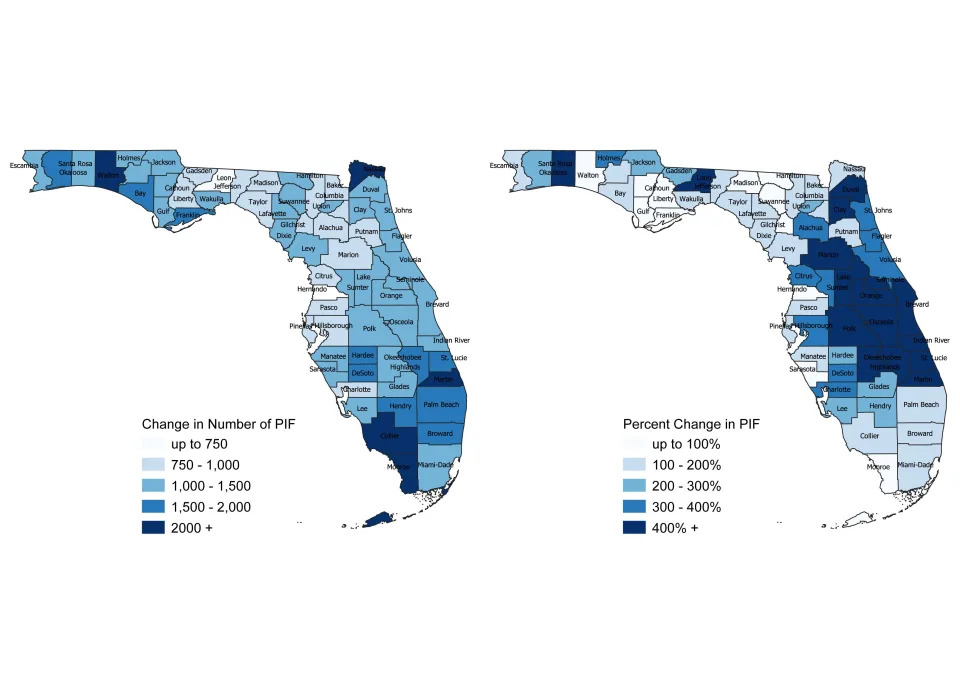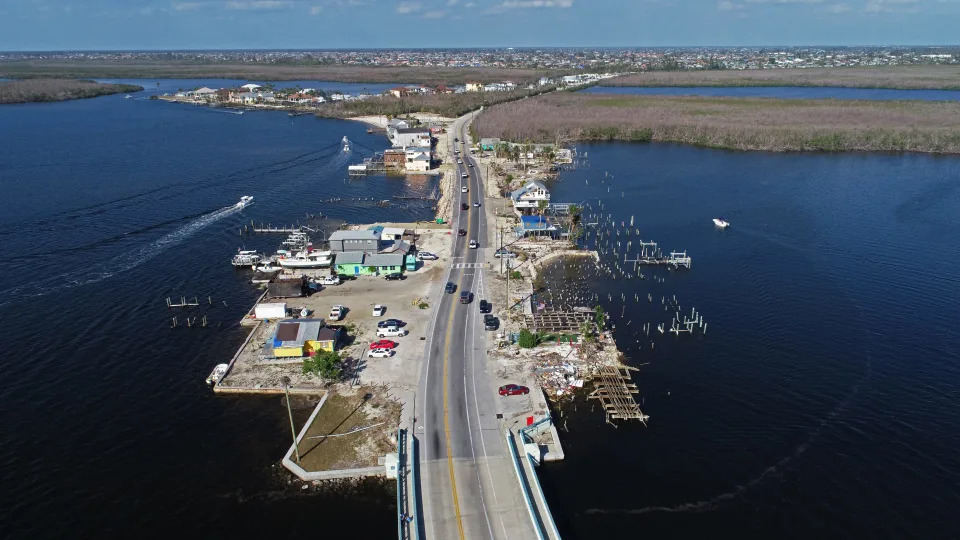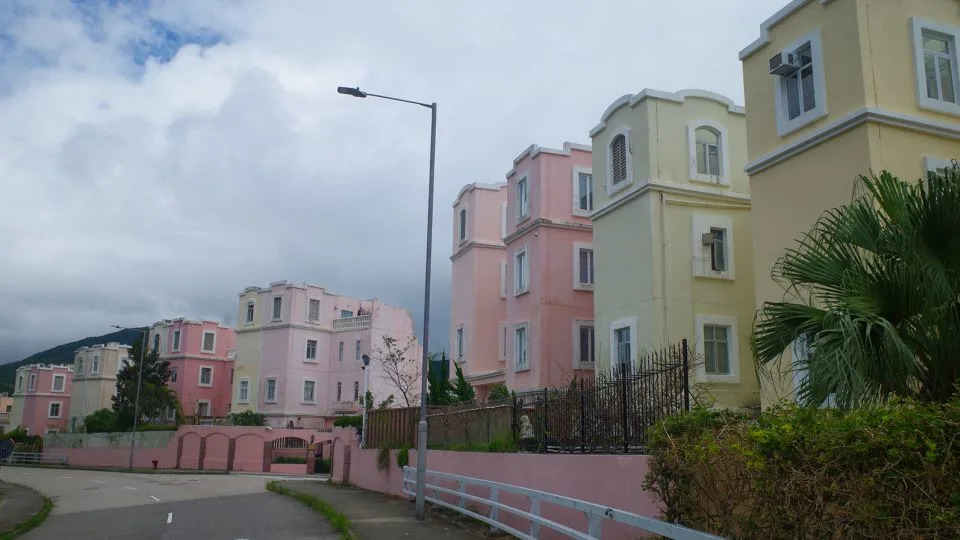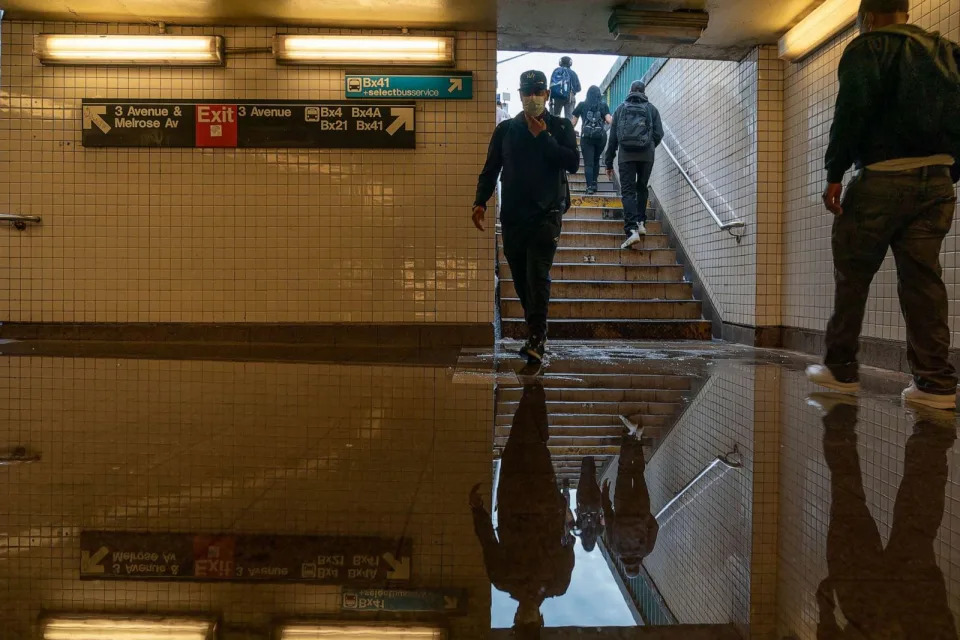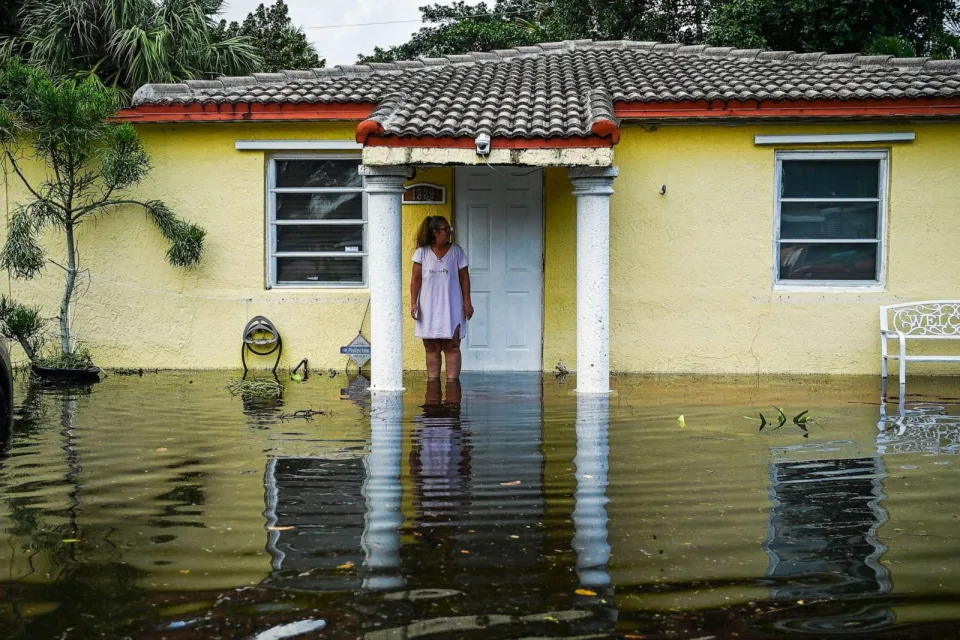Popular Mechanics
These Are the Best Mouse Traps, Whether You Prefer to Snap, Zap, or Catch and Release Them
Kevin Cortez, Alex Rennie – September 27, 2023

“Hearst Magazines and Yahoo may earn commission or revenue on some items through these links.”
Whether you think mice are pests to be eliminated by any means necessary or simply cute and cuddly guests to be relocated, one thing is true: They need to be removed. And you should know how to get rid of mice. Although serious infestations will require a professional pest control expert, there’s still a lot you can do to mitigate your rodent problem by employing mouse traps. These are designed to be easy to use, and since they’re available in a variety of types and sizes, you can choose exactly how you’d like to deal with captured mice.
Looking for more pest control solutions? Check out our guides for the best insect repellents, tick repellents, and bug zappers.
The Best Mouse Traps
- Best Overall: Tomcat Press ’N Set
- Best Budget: Victor M154 Mouse Trap
- Best Electronic: Victor M250S No Touch, No See
- Best Glue Trap: Catchmaster Heavy Duty
- Best Transparent Humane Trap: Trazon Catch and Release
What to Consider
Catch and Release (No-Kill), Snap Traps (Kill), or Glue (Either/Or)
The most important thing to remember when choosing a mouse trap is whether or not you want to kill your mice or keep them alive after they’re caught. If you’d prefer not to kill the unwanted houseguests, choose a “catch and release” trap. These contraptions usually feature a mechanism that allows the mouse to enter then quarantines them inside until you can transport them to wherever you plan to release them. They’re also typically reusable and come in various sizes, from catching one mouse to up to 10. Catch and release is considered, naturally, a humane pest control tactic. When releasing, just be careful not to make contact with any urine or droppings to prevent exposure to hantaviruses.
Choose a snap-style or glue trap if you plan to kill your mice. Snapping traps do just that: snap their jaws onto the mouse once the animal steps on the trigger. These are usually disposable as, once a mouse has been killed in it, other mice will tend to avoid it.
Glue traps are another lethal option and use a strong adhesive to trap and immobilize the mouse when it steps on it, eventually killing it. Although we have been able to use glue traps without killing the mice they caught (we used olive oil to free them successfully), you should consider these traps lethal. Rats often get stuck and will rip off their skin and fur when trying to escape them, so be mindful of this if you consider the glue trap. All glue traps are made with nontoxic adhesive, so if a small child or pet accidentally touches one, they won’t be exposed to harmful chemicals or poisons. However, the CDC does not recommend glue traps as they can scare mice and rats, causing them to urinate, which can increase risk of rodent-related illnesses.
We don’t recommend using poisons. These baits and pellets cause rats and mice to die slowly over time, resulting in dead bodies scattered around the house—maybe inside your walls or in other hard-to-reach areas. That can also create an odor that’s difficult to locate and, therefore, clean up. Poisons also cause rodent bodies to become poisonous, thus poisoning any animal that may eat a carcass—pets included.
Bait
Regardless of what kind of trap you choose, you’ll need bait. Some traps include gel baits that attract mice to their scent, while others require you to use something that you may already have to invite mice, like food. Pest control companies often recommend loading traps with small bits of cheese, nut butter, chocolate, or seeds. Be careful not to overload a trap, as mice may easily be able to grab pieces without setting them off. Too much bait also risks attracting other pests like roaches and ants.
How We Selected
We’ve used nearly every mouse trap and took that experience, as well as several hours of research, to determine which are the best. We considered advice, guides, and explainers from various pest control services and publications to find what makes a mouse trap effective, and, importantly, only chose lures with nontoxic additives. No poisonous baits were considered, as they’re too dangerous for homes with animals and children. We did our best to include a range of trap sizes, so whether you’re in a studio apartment with minimal room or need help controlling an outdoor infestation, you’ll find a trap that best suits your living space. Because there isn’t much variation among traps of a certain type between brands, we selected only six as the best: two catch-and-release, two snap, and and one glue trap, plus an electric option for the quickest kill possible.
Press ’N Set Mouse Trap
This snap trap served us well during a particularly aggressive mouse infestation. It’s extremely simple to set up, so there’s minimal risk of pinched fingers. You just press the rear tab, the jaw opens, and the trap is ready to go.
Best of all, the top jaw has a handy cutout, so you can bait the trigger before you even expose the teeth. Despite this simple operation, the trap is stronger than you might think, and ours was even able to catch three mice in a single snap. Its white plastic body is also easier on the eyes than black or metal traps, which was a nice perk.

M154 Mouse Trap
If you’re looking to trap several mice but don’t have the budget for more expensive disposable traps, this classic Victor snap trap is a great fit—given you’re okay with kill traps. You get a dozen with each purchase, making it ideal for placing along a runway or area that rodents frequently use, increasing chances of success.
This old-school, prototypical mouse trap isn’t as easy to set as newer traps—it has more tension when setting them. Relatedly, users find the trigger less sensitive than on other traps, and featherweight or younger mice may not be heavy enough to set it off. Others say it’s fragile and, while labeled reusable, is likely not. Still, most users say this classic trap is the way to go, as it instantly kills mice, thus, limiting exposure to potential rodent-related diseases via droppings or urine—no wait, and minor cleanup.

M250S No Touch, No See Mouse Trap
This lethal trap features a unique system to destroy the mice it captures—using an electric current to quickly electrocute any rodents that walk inside its “kill chamber.”
The chamber is detachable, so it’s easy to empty and clean out and allows you to re-bait it before reattaching. A green indicator light also lets you know as soon as a mouse is caught and will stay lit for up to a week so that you won’t miss it.
Replacing batteries in any tool can be inconvenient, but since this model can kill 100 mice per charge, you won’t need to switch them out often.

Heavy Duty Glue Mouse Trap
This Catchmaster glue trap covers a large surface area—10 by 5 inches—which increases your chances of trapping your furry intruders. They’re simple to use—just pull the two boards apart and place them on the ground—and should last for up to a year under normal circumstances.
Plus, the integrated floor anchors (tabs of putty at each corner of the trap) keep them in place, even if your mouse tries to pull them away. The large size of these traps might not make them the most practical choice for heavy traffic areas like your kitchen, where pets or kids might accidentally get stuck.

Flip N Slide Mouse Trap
This RinneTrap bucket trap is designed to humanely capture multiple mice, making it well-suited for barns, warehouses, or anywhere else with large mice populations that need removing.
A simple ramp and tipping lid means no poisons or chemicals on your property. You simply attach this device to a standard 5- or 20-gallon bucket, load it with bait, check the trap, and release the rodents if full. It doesn’t include the required bucket, though you should be able to find one at your local hardware store. RinneTraps are quite pricey when compared to other traps here, however.

M310SSR Tin Cat Multi-Catch Live Mouse Trap
The Victor Tin Cat mouse trap is large enough to catch up to 30 mice before reaching capacity, but its 1.9-inch height still makes it compact enough to use in your home without taking up too much space. Its cutout window lets you know when a mouse is inside, and the lid is simple to open, so you can quickly release them whenever ready.
Its metal construction ensures a mouse can’t simply open its list and slip out, plus it makes cleaning bait, like peanut butter and cheeses, off its surface. This trap is safe for kids and animals and can be reused or disposed of when finished.
Some users say it’s ineffective for catching small and baby mice, as they can slip through the trap’s openings. Others note that it works well when used outdoors and can withstand mild weather like rain and snow.





